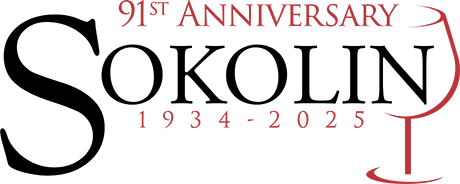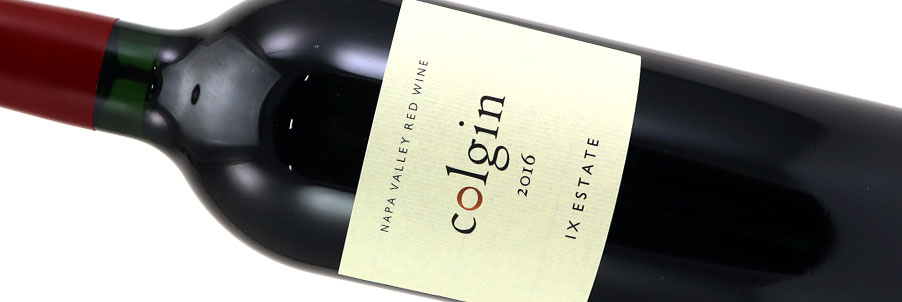This is an epic wine that doesn’t quit, opening up with ripe, fleshy flavors of black cherry, maraschino cherry and framboise. But the fruit notes are only the beginning, giving way to date-nut bread, salted bittersweet chocolate, marzipan, dried olive, green peppercorn, French-press coffee and cardamom. The tannins are filling in the mouth, but never get in the way of all the complexity, while the finish just goes on and on. Drink now through 2047. 500 cases imported.Wine Spectator | 98 WSIt’s a hard act to follow the monumental 2018 Grange, which – priced at AU$1000 for the first time on release – earned a slew of perfect scores. Chief winemaker Peter Gago regards the 1989, 1999 and 2009 as ’sleeper vintages’ so urges against any rash prejudgement on this 2019. Sure, it is not as showy as the 2018 was on release, but if it is anything like the 1999 when it hits its stride in 20 years’ time, then patience will be rewarded. The imposing structure, concentration and sheen of new American oak remains the trademark style, but the most powerful wine in the Penfolds stable – officially Bin 95 – is nevertheless becoming increasingly more approachable in recent vintages, and this 2019 is no exception (although approachable remains a relative term for a wine with 40 to 50 years ahead of it). Initial high-toned aromas of chinotto and kirsch lead to spicy liquorice, cedar freshness and more savoury, earthy tones. The palate is mighty: bold, chewy espresso oak char overlaying ripe black berries, plum pudding, rosemary, cured meat and balancing acidity. A blend of Barossa Valley, McLaren Vale, Coonawarra and Clare Valley fruit, aged 19 months in new American oak hogsheads. Released at £670.Decanter | 97 DECThe bold, expansive 2019 Grange (97% Shiraz, 3% Cabernet Sauvignon) spent 19 months in larger new American Oak and is powerful and expressive as it delivers a dense core of coca, blackberry and baked terracotta aromas, all well backed by toasted coconut oak. Mouth-filing, expansive and seriously tannic, it then delivers waves of dark berry flavor laced with touches of spice, leading to a rich, muscular finish. It’s built for the long haul, so don’t even think of opening for at least a decade.Vinous Media | 96 VMThe 2019 Grange is 97% Shiraz and 3% Cabernet Sauvignon. It’s the pinnacle of the Penfolds release (although if you ask me, the Chardonnays are my favorite part) and a wine that takes some understanding prior to scoring. The key to Grange is the old wines; it is a style of wine heavily fortified with oak (100% new, AP Johns American oak), tannin, fruit (multi-regional) and everything else. In the mouth it can be an almost impossible constellation of flavor and texture to wrap the mind around. But in time, yes, in time, this wine shows its capacity for grace and majesty. Ten years is too young to open a bottle. 20 years is about right. 30 and beyond, not a problem. It is a cellaring proposition of the highest order, but in youth it can feel impenetrable. So, this wine in front of me now has toasted coconut, dusted licorice, roasted meat, violets, burnt toffee, pastrami, coffee grounds, crushed ants/formic, roasted pecans ... all of these dark and broody (and chunky) things. 2019 was a hot year and one marred by low yields due to some inclement weather during flowering. This has meant that, as a whole, the wines have felt big, dark and compressed. This is no exception. It’s a product of the year and the state from whence it has come and in the mold and style of Grange, typical. It will be even better. For now, ne touche pas. 14.5% alcohol sealed under natural cork.Robert Parker Wine Advocate | 95+ RPA blend of 97% Shiraz with a 3% splash of Cabernet Sauvignon, the 2019 Penfolds Grange was sourced with 82% of the fruit from Barossa Valley and the rest from McLaren Vale, Coonawarra, and Clare Valley. It was aged for 19 months in 100% new American oak hogsheads (slightly larger than the classic Bordeaux barriques) and is deep garnet-purple in color. It needs a swirl or two to bring out fragrant scents of garrigue, tilled soil, black olives, and fallen leaves, over a core of blackberry preserves, baked plums, and boysenberries, with emerging wafts of cast-iron pan and star anise. The full-bodied palate is super-tight knit with a firm, grainy texture and a crisp backbone supporting the muscular black fruit and savory layers, finishing long and minerally with a touch of star anise.The Wine Independent | 95 TWI

